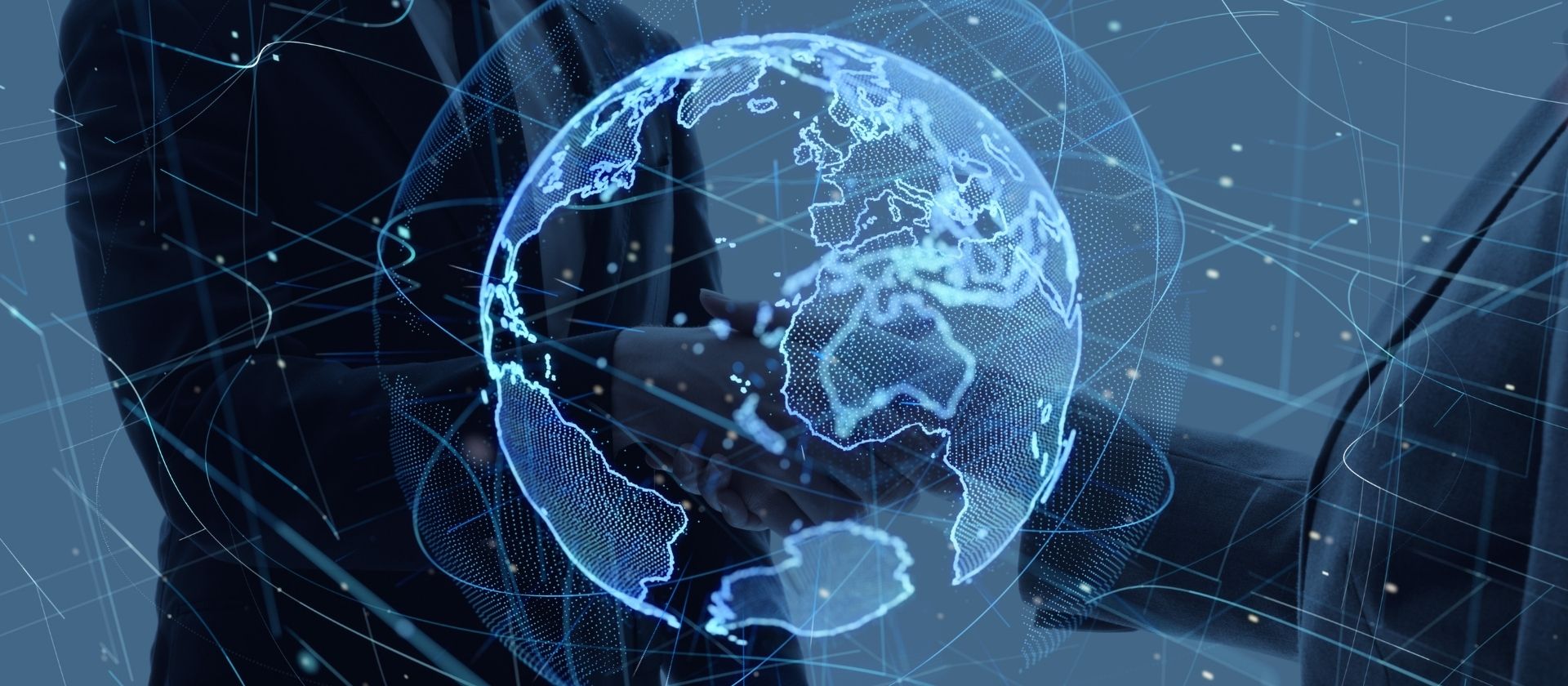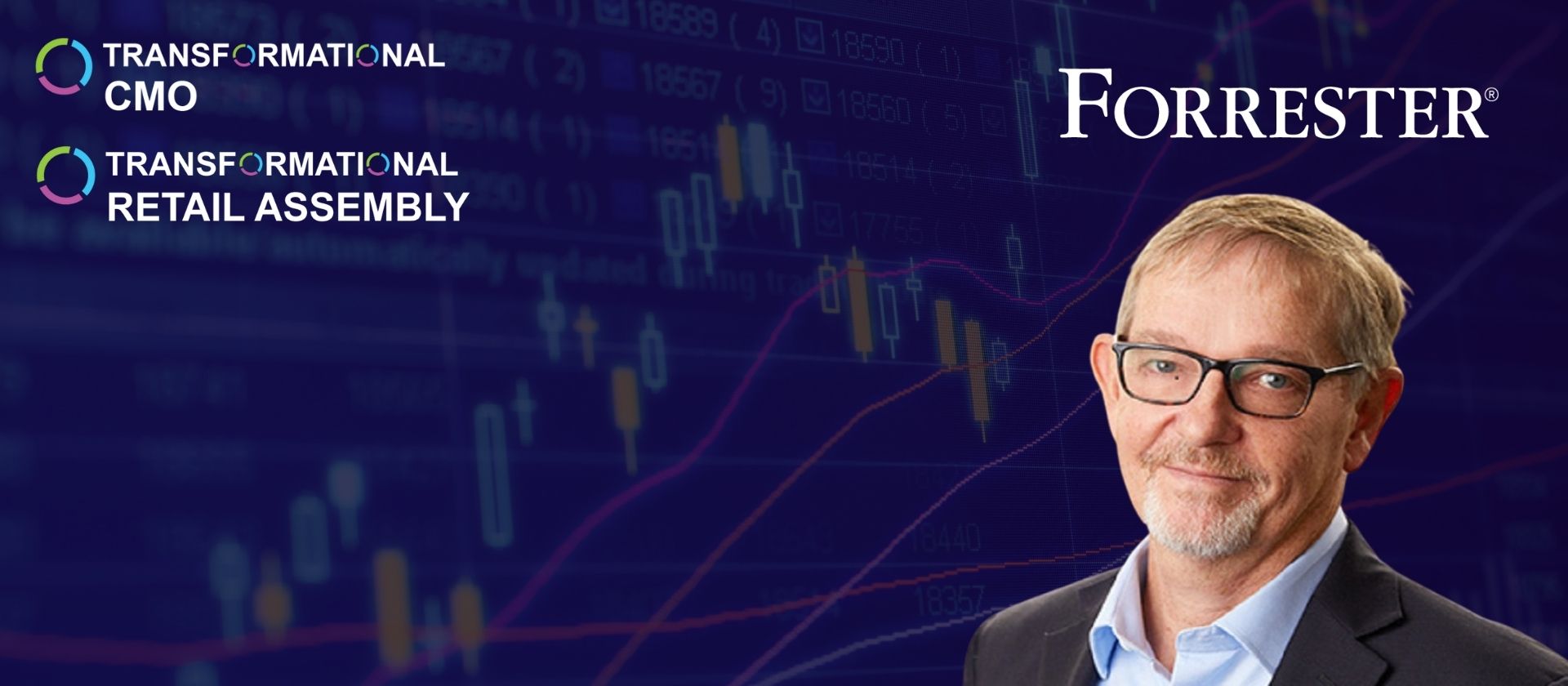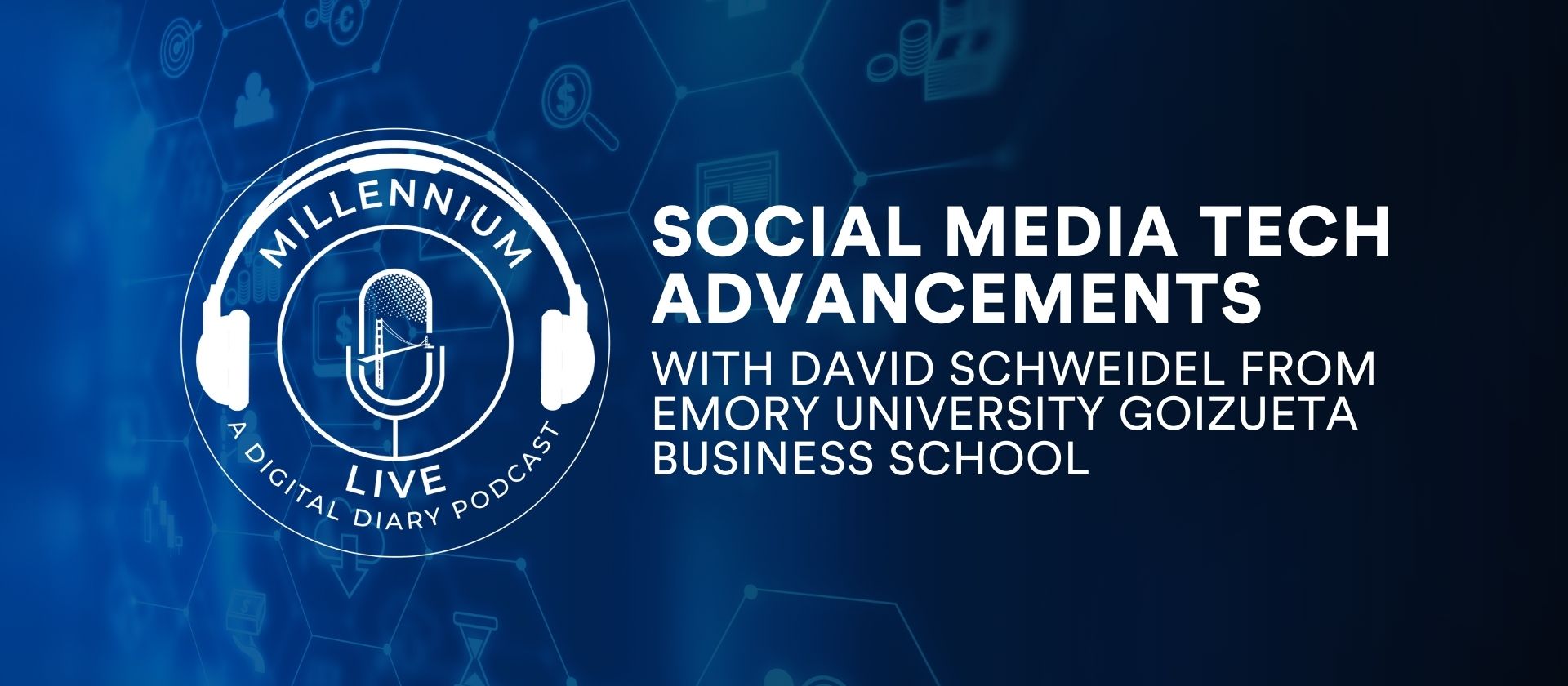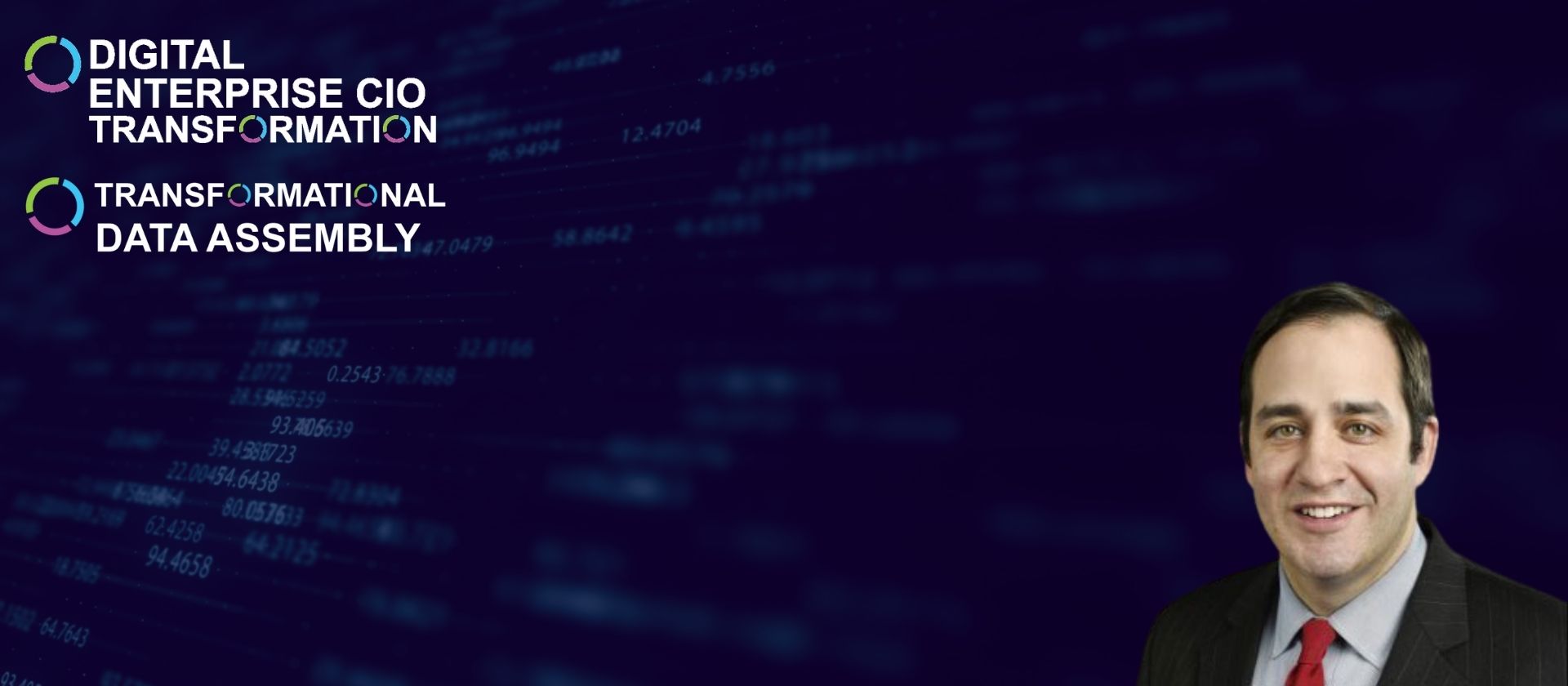Kevin Miller, CMO at The Fresh Market and our Innovator of the Year, chats about all things marketing with our Director of Product & Partnerships at Millennium, Cara Bernstein. Kevin discusses the omnichannel approach at Fresh Market, aligning brand purpose with marketing strategy, and tips on how to become a better marketer.
Listen on Spotify, Apple, Amazon Music, Google Podcasts, or SoundCloud.
About Kevin Miller
Kevin Miller is a highly accomplished brand marketer, innovator, and industry disruptor. With a 30-year track record of leading marketing, advertising, and media organizations for Fortune 100 companies, Kevin is known for his ability to analyze data, create novel solutions and build high performing teams that deliver superior results.
Kevin currently serves as Chief Marketing Officer (CMO) of The Fresh Market gourmet specialty grocery chain headquartered in Greensboro, NC privately owned by Apollo Global. As CMO he is responsible for enhancing the brand’s competitive positioning, multi-channel media and marketing strategy and working closely with merchandising on the menu and product innovation strategies. This work includes continuously refining current brand positioning, increasing new media and social marketing weighting/effectiveness, creating fresh news and activation across all consumer touch points, with enhanced product innovation, meal solutions, eCommerce, loyalty programs and calendar planning.
Prior to The Fresh Market, Kevin was Chief Marketing Officer (CMO) for Natural Grocers a rapidly growing natural and organic retail grocery chain operating 160 stores in 20 states reporting to the Chairman of the Board of Directors. In four short years, he led transformational change across marketing, company culture and digital innovation resulting in strong business growth including 12 straight quarters of positive sales and traffic comps and Natural Grocers being recognized as one of the World’s 20 Fastest Growing Retailers of 2018. Under his leadership, membership in the (N)power Loyalty Program grew over 500% to 1.3 million and the Natural Grocers’ marketing team created four original marketing concepts that have been awarded U.S. Trademark Patents.
Prior to Natural Grocers, Kevin served as President of KMMP Media Group a social media business development firm serving start-up MarTech companies, SVP Chief Marketing Officer (CMO) of ABC Radio Networks, VP National Marketing Pizza Hut, VP Management Supervisor for the Subway Restaurant business at Publicis/Hal Riney, Field Marketing Manager Coca-Cola USA, National McDonald’s advertising account executive at Leo Burnett USA.
Kevin is a member of the select CMO Masters Circle of the Association of National Advertisers (ANA) focusing on global growth challenges of the world’s leading brands. He has served in leadership positions on several non-profit boards including The West Point Society of Denver as VP Admissions and President of The First Tee of Dallas Board of Directors. He has received numerous awards in business and in the military including Corporate Executive of the Year by the American Diabetes Association of New Jersey and two Meritorious Service Medals from the US Army.
A graduate of the US Military Academy at West Point, Kevin lives in Greensboro with his wife and daughter and his son recently graduated from West Point, Class of 2020 and is currently serving as a Field Artillery Second Lieutenant in the U.S. Army.









